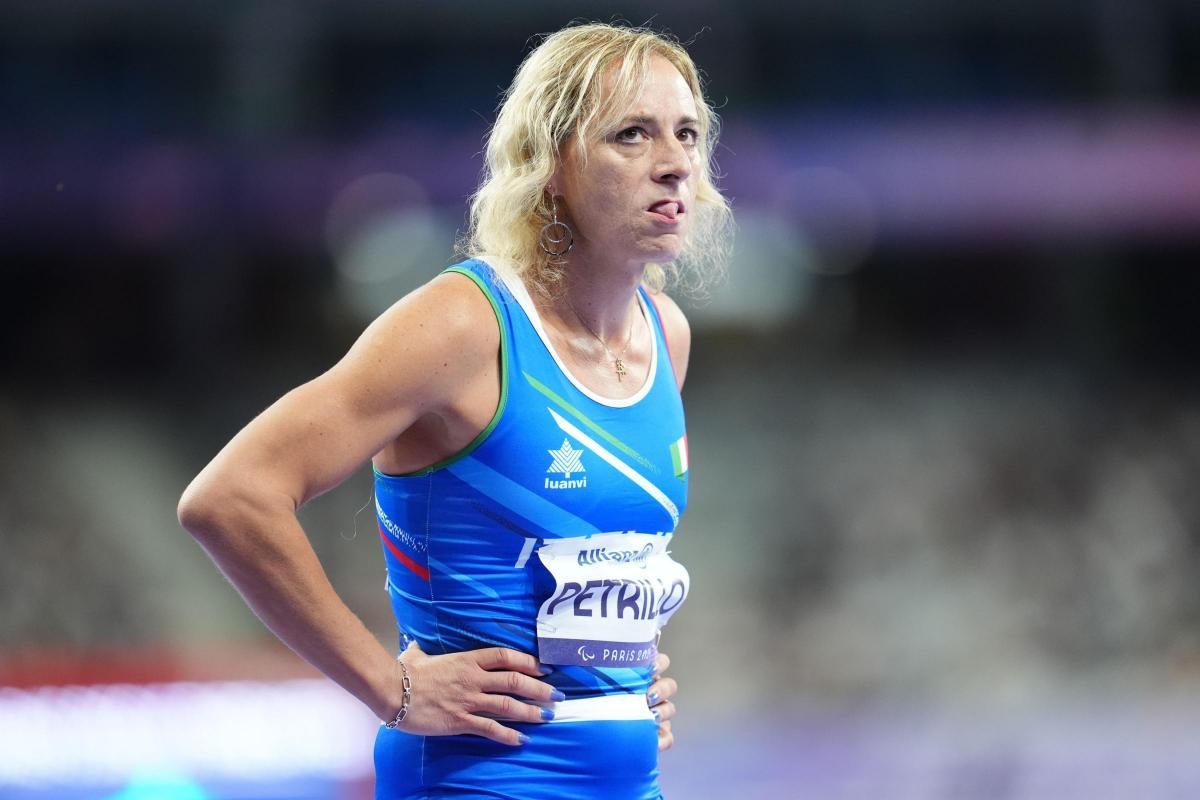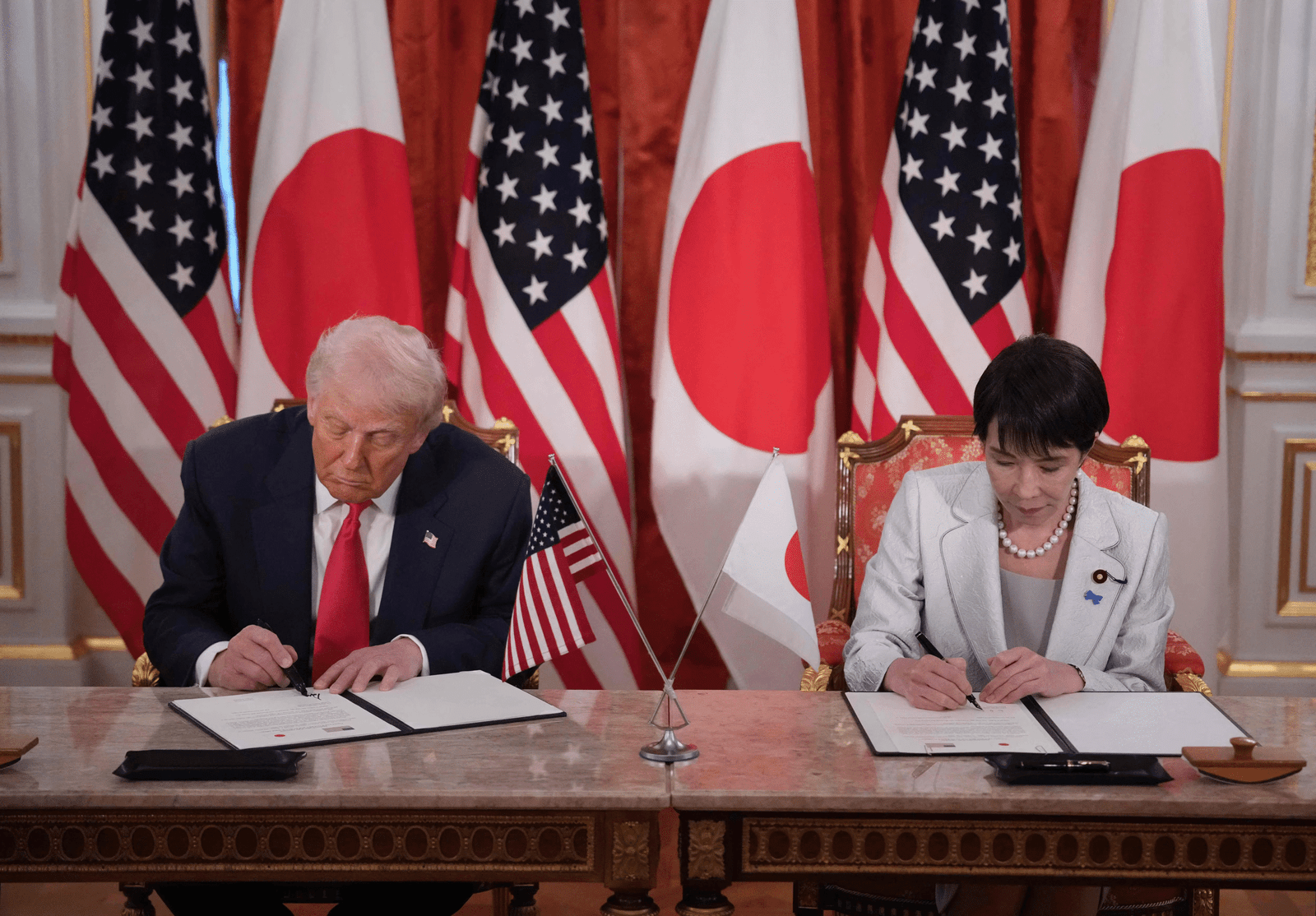A transgender sprinter’s bid to make it to the Paralympic final has ended in disappointment, sparking renewed debate over the inclusion of transgender athletes in competitive sports. The athlete, who was widely seen as a strong contender, narrowly missed qualifying for the final round, reigniting discussions on the fairness and inclusivity of transgender participation in sports.
The issue of transgender athletes in competitive sports has been a contentious topic for years, with opinions sharply divided. Advocates for transgender inclusion argue that allowing athletes to compete in accordance with their gender identity is a matter of basic human rights and equality. They emphasize the importance of creating an inclusive environment where all athletes can compete on a level playing field, regardless of their gender identity.
However, critics argue that the participation of transgender athletes, particularly in events that rely heavily on physical strength and speed, can create an uneven playing field. They point to the physiological differences that can give transgender athletes an advantage, particularly in events that are segregated by sex.
The sprinter’s failure to reach the final has intensified these discussions, with both sides using the result to support their arguments. Some see the outcome as proof that transgender athletes do not have an inherent advantage, while others argue that the very fact that the sprinter was considered a favorite illustrates the need for stricter regulations.
The Paralympic Committee, along with other sports governing bodies, has been grappling with how to navigate these complex issues. As the debate continues, the broader question of how to balance fairness with inclusivity remains unresolved. The sprinter’s experience is likely to be a focal point in ongoing discussions about the future of transgender athletes in competitive sports.











